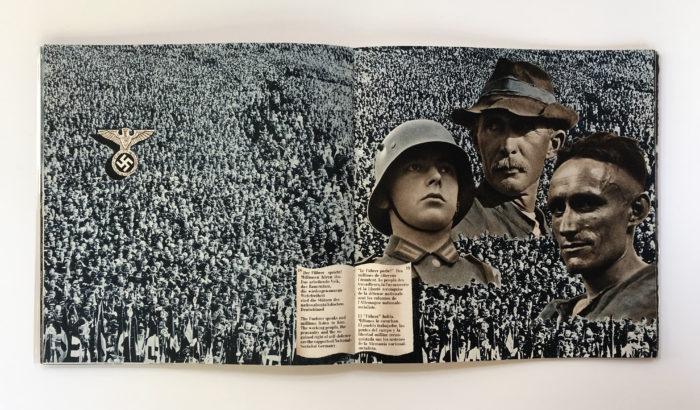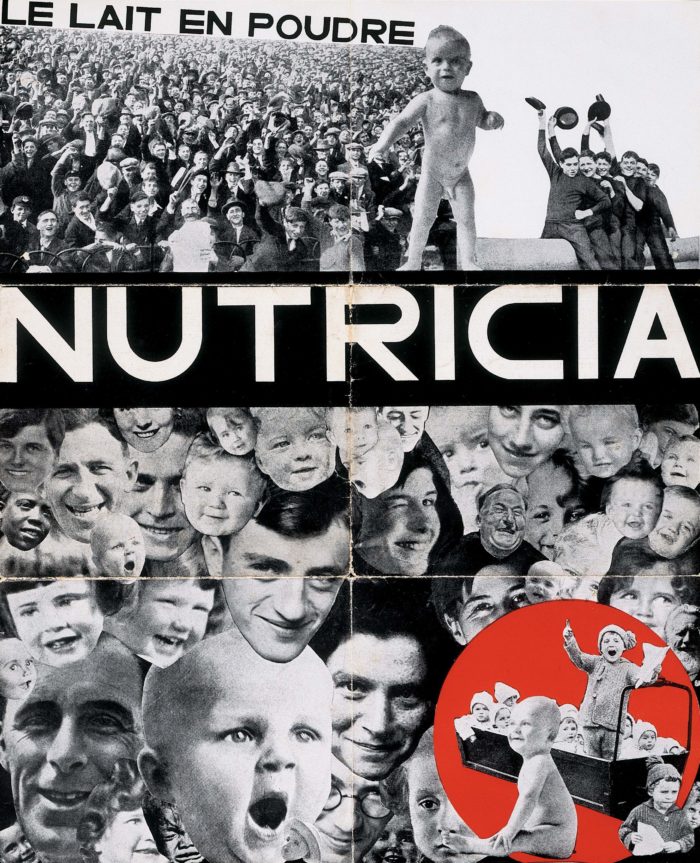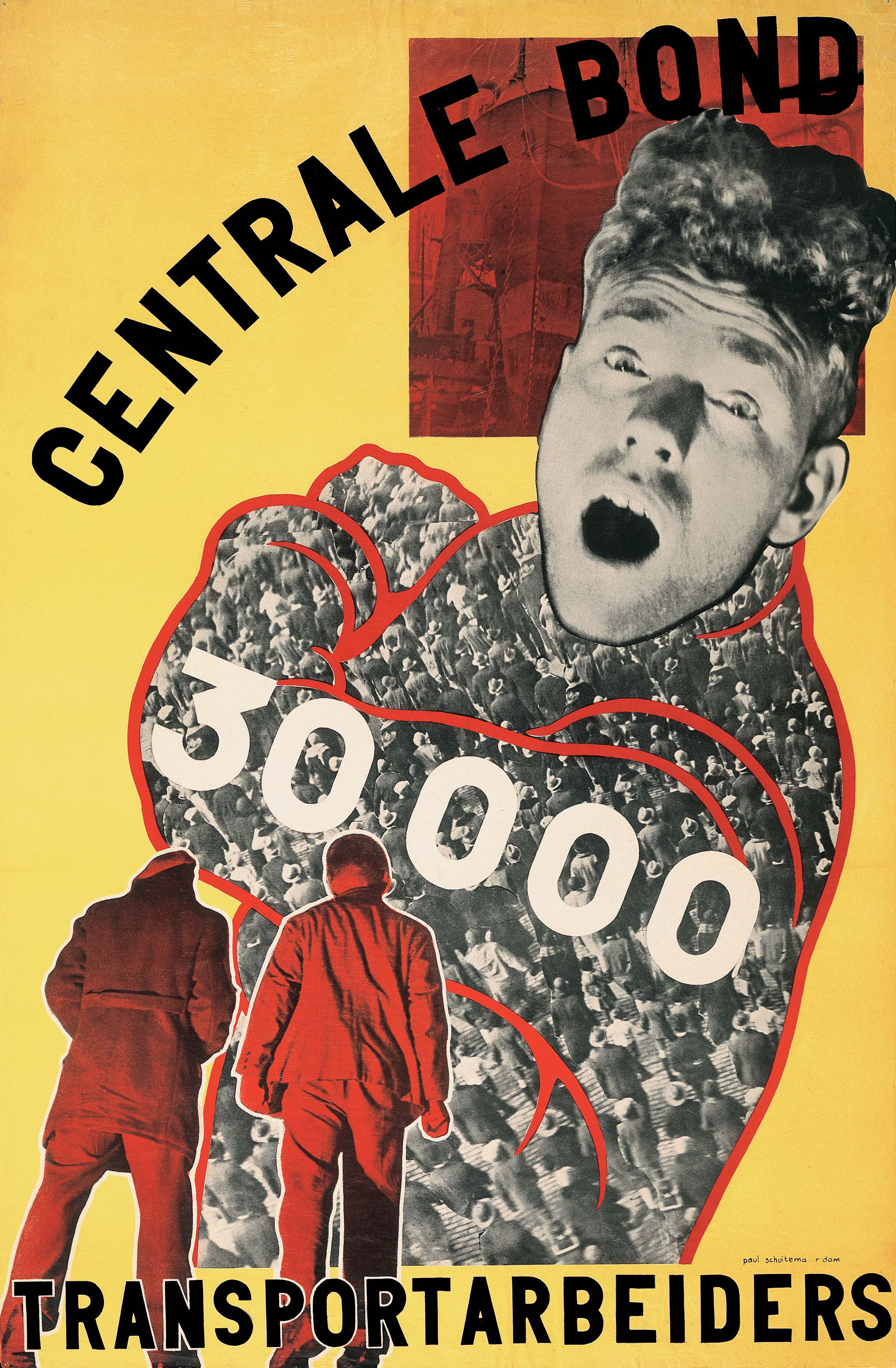This rare poster was created in 1930 Paul Schuitema (Dutch, 1897–1968). The poster came to Cooper Hewitt in 2019 as a gift from Merrill C. Berman, one of the world’s most influential collectors of modern graphic design and a longtime collaborator with our museum. With this recent gift, Schuitema’s poster is coming home to Cooper Hewitt. It was first exhibited here in 1999, when Cooper Hewitt collaborated with Williams College Museum of Art to create the exhibition and book Graphic Design in the Mechanical Age: Selections from the Merrill C. Berman Collection. After opening at Williams College and then coming to Cooper Hewitt, the exhibition of over 200 posters, prints, collages, and maquettes traveled internationally. Cooper Hewitt is delighted to add this important work by Schuitema to our collection, part of a gift of seven spectacular posters from the Berman collection.
Schuitema was a graphic designer, photographer, furniture designer, and filmmaker. He was a committed socialist who also created advertisements for commercial products. During World War II, he joined the Dutch resistance to Nazi occupation. This poster promotes membership in the trade union for transportation workers. A shouting figure beckons other workers to join the union; his body is made from a mass of undifferentiated people. The poster’s central character thus embodies both individual identity and the combined power of the collective. To complete the narrative, two men in the foreground are walking towards the main figure; mirroring the position of the viewer, they prepare to take action and join the movement.
To design this poster, Schuitema used photomontage, a technique introduced into avant-garde practice by Dada artists in 1918 and embraced by Constructivists in Russia and Eastern Europe. Modern designers were drawn to the objective, utilitarian character of photography, an apt counterpart to sans serif letterforms. Photomontages were made by cutting and pasting photographs and heightening their impact with painted outlines and other details; color could be added in the printing process. The lettering in this poster was likely drafted by hand. Schuitema has added thin white outlines around some of the letters and images to separate them from their surroundings. Given the high quality and large size of the photographs in this poster, Schuitema probably shot the pictures himself rather than cutting them out of a magazine or other pre-existing source. Schuitema chose the colors yellow and black for “political and optical effect.” The color red was strongly associated with socialism, especially when it filled a square—as in the photograph behind the figure’s head in this poster.

Booklet, Deutschland Ausstellung (Germany Exhibition): Gebrauchsgraphik International Advertising Art Magazine, 1936; Herbert Bayer (Austrian and American, 1990–1985); Collection of Display, Graphic Design Collection
In the 1920s and 30s, designers used images of crowds to promote totalitarian ideologies as well as progressive ones. Cooper Hewitt’s exhibition Herbert Bayer: Bauhaus Master includes a propaganda brochure designed for the German propaganda ministry in 1936, in which a vast, anonymous crowd appears behind a swastika and three idealized citizens. Crowds also appear in numerous montages created in the early years of the Stalin regime in the Soviet Union. Other works by Schuitema feature crowds as well, including this playful advertisement for powdered milk. Here, many people—young, old, or newly born—maintain their individual identities.

Nutricia, Le lait en poudre (Nutricia, Powdered milk), c. 1928. Paul Schuitema (Dutch, 1897–1968). Letterpess, 14.5 x 11 3/16 in. Collection of Merrill C. Berman
Ellen Lupton is Senior Curator of Contemporary Design at Cooper Hewitt, Smithsonian Design Museum.
